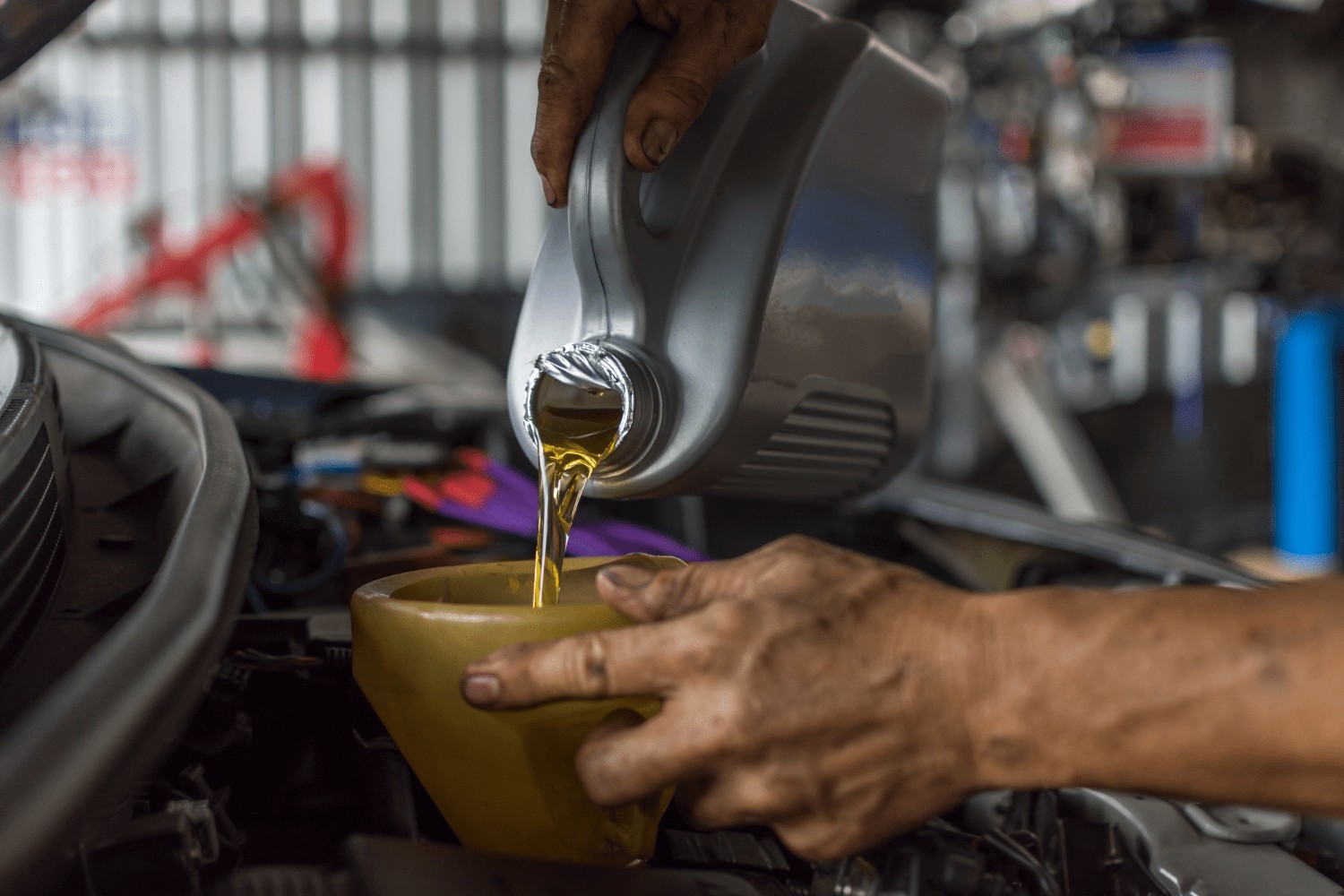Maintaining correct oil pressure is vital for your engine’s health and performance. Low oil pressure can lead to catastrophic engine damage if ignored. This guide will explain the causes of low oil pressure, how to diagnose the problem, and provide a step-by-step guide on how to fix it.
Understanding Engine Oil Pressure
Engine oil pressure is the force at which oil circulates through the engine, lubricating moving parts, reducing friction, and absorbing heat. It’s measured in pounds per square inch (PSI) and varies depending on the engine type, design, and oil viscosity. A functioning oil pump is crucial for maintaining consistent oil pressure.
Symptoms of Low Oil Pressure
Recognizing low oil pressure symptoms is crucial for early intervention:
- Illuminated Oil Pressure Warning Light: The most obvious sign. If this light comes on, stop driving immediately and investigate.
- Unusual Engine Noises: Knocking, ticking, or whining sounds can indicate increased friction due to insufficient lubrication.
- Poor Engine Performance: Low oil pressure can cause reduced power, sluggish acceleration, and rough idling.
- Engine Overheating: Inadequate lubrication leads to increased friction and excessive heat.
Causes of Low Oil Pressure
Several factors can contribute to low oil pressure:
- Low Oil Level: The most common cause. Regularly check your oil level and top it off as needed.
- Old or Dirty Oil: Degraded oil loses its lubricating properties. Adhere to recommended oil change intervals.
- Clogged Oil Filter: A dirty filter restricts oil flow. Replace the filter with each oil change.
- Faulty Oil Pressure Sensor: A malfunctioning sensor can provide inaccurate readings.
- Worn Oil Pump: A failing oil pump can’t maintain adequate pressure.
- Blocked Oil Passages: Sludge and debris can restrict oil flow within the engine.
How to Fix Low Oil Pressure
Follow these steps to troubleshoot and fix low oil pressure:
1. Check the Oil Level
Remove the dipstick, wipe it clean, reinsert it fully, and remove it again to check the oil level. If it’s below the “Add” mark, add the recommended oil type.
2. Replace the Oil Filter
A clogged filter restricts oil flow. Replace it with a new one that meets your vehicle’s specifications.
3. Inspect the Oil Pressure Sensor
If the oil level and filter are fine, the sensor might be faulty. Have it tested and replaced if necessary. This step often requires professional assistance.
4. Check for Oil Leaks
Inspect the engine for visible oil leaks. Leaks can significantly reduce oil volume and pressure. Addressing leaks often involves replacing gaskets or seals.
5. Inspect and Replace the Oil Pump
A worn or damaged oil pump can’t generate sufficient pressure. Replacing the oil pump is a complex procedure best left to a qualified mechanic.
Preventing Low Oil Pressure
Proactive maintenance is key to preventing low oil pressure:
- Regular Oil Changes: Follow the manufacturer’s recommended oil change schedule.
- Use the Correct Oil: Utilize the oil viscosity and type specified in your owner’s manual.
- Regularly Check Oil Level: Monitor the oil level and top it off as needed.
- Avoid Aggressive Driving: Harsh driving conditions can accelerate oil degradation.
Conclusion
Maintaining proper oil pressure is essential for engine longevity. Addressing low oil pressure promptly can prevent costly repairs. By understanding the causes, symptoms, and solutions outlined in this guide, you can keep your engine running smoothly for years to come.


